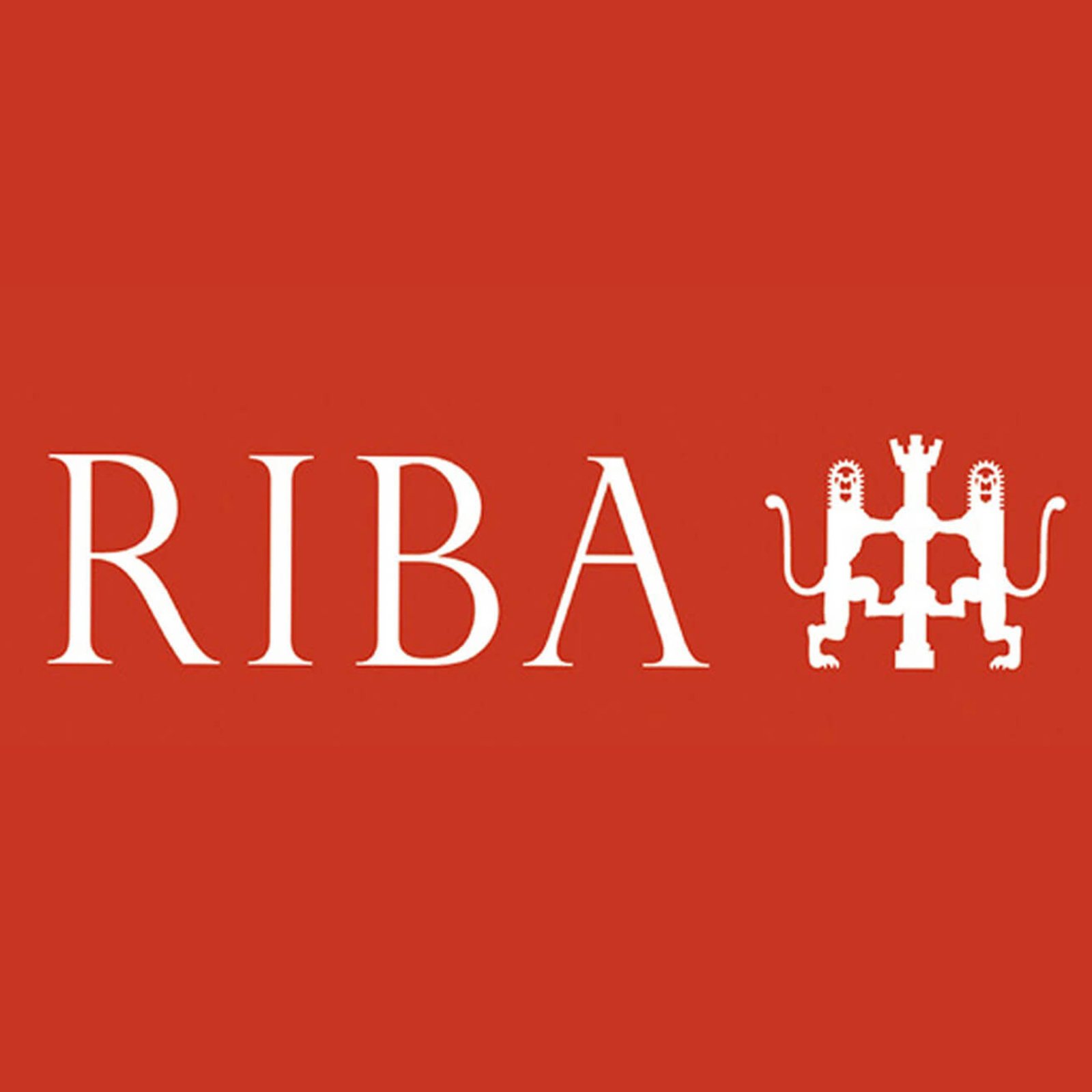When it comes to roofing materials, two options that are commonly used are fiberglass and rubberoid. Here we are compairing Fibreglass VS Rubberoid Roof, so that you can make a better and informed decision. Both have their own set of pros and cons, and it’s important to weigh them carefully before making a decision on which one to choose for your roof. At City Lofts, award-winning company, we use both.
Fibreglass VS Rubberoid Roof
Fiberglass:
Pros:
- Durability: Fiberglass is known for its strength and durability. It can withstand harsh weather conditions and is resistant to damage from UV rays, making it an excellent choice for roofing material.
- Lightweight: Fiberglass is a lightweight material, which makes it easier to handle during installation. This also reduces the overall weight of the roof, which can help to reduce the load on the building structure.
- Low Maintenance: Fiberglass roofs require very little maintenance. They don’t need to be painted, and they don’t rust or corrode like some other roofing materials.
- Energy Efficiency: Fiberglass roofs are known for their energy efficiency. They can reflect heat and light, which can help to keep your home cooler in the summer and warmer in the winter.
Cons
- Cost: Fiberglass roofs can be more expensive than other roofing materials, such as asphalt shingles or rubberoid.
- Installation: Fiberglass roofs require a professional installation, which can add to the overall cost.
- The installation process can also be more complex than other roofing materials.
- Slippery: Fiberglass roofs can be slippery when wet, which can be dangerous for people walking on the roof.
Rubberoid Roofs:
Pros:
- Affordability: Rubberoid roofs are one of the most affordable roofing materials available, making them a popular choice for many homeowners.
- Easy Installation: Rubberoid roofs are easy to install and can be done by a homeowner with some DIY skills. This can save on the overall cost of installation.
- Durability: Rubberoid roofs are durable and can last up to 20 years with proper maintenance.
- Flexibility: Rubberoid roofs are flexible and can conform to the shape of the roof. This can help to prevent leaks and damage to the roof.
Cons:
- Maintenance: Rubberoid roofs require regular maintenance to ensure their longevity. They need to be cleaned regularly and inspected for damage.
- Vulnerability to UV Rays: Rubberoid roofs are vulnerable to damage from UV rays. Over time, the material can become brittle and crack, which can lead to leaks.
- Poor Energy Efficiency: Rubberoid roofs can absorb heat, which can make the home hotter in the summer. This can increase energy costs for cooling the home.

In conclusion
Both fiberglass and rubberoid roofs have their own set of pros and cons. When deciding which one to choose, consider your budget, the installation process, durability, maintenance, and energy efficiency. It’s also important to work with a reputable roofing contractor who can help you make an informed decision and ensure that the installation is done correctly.





